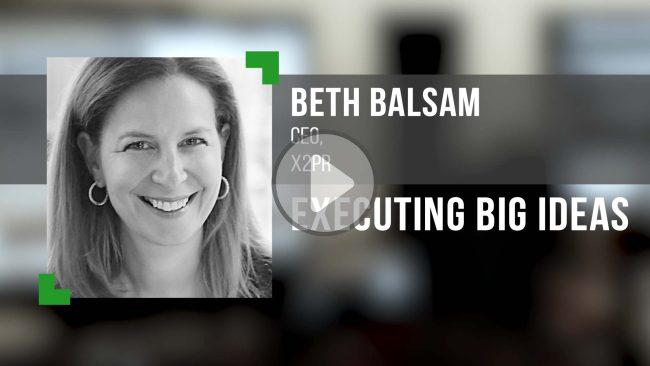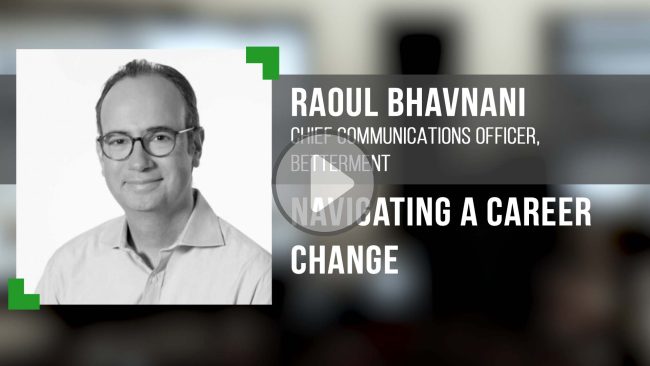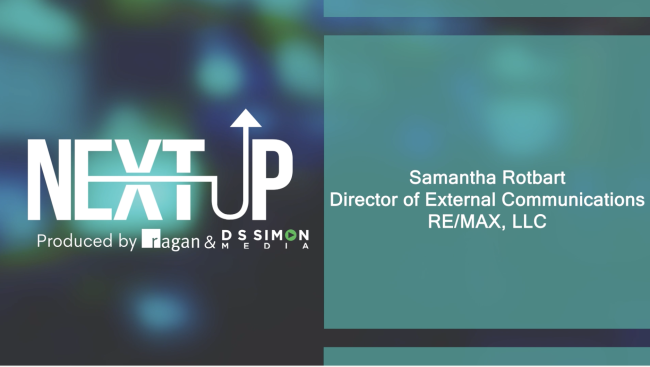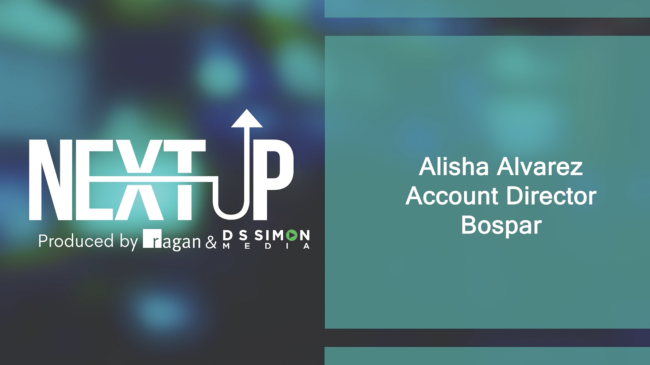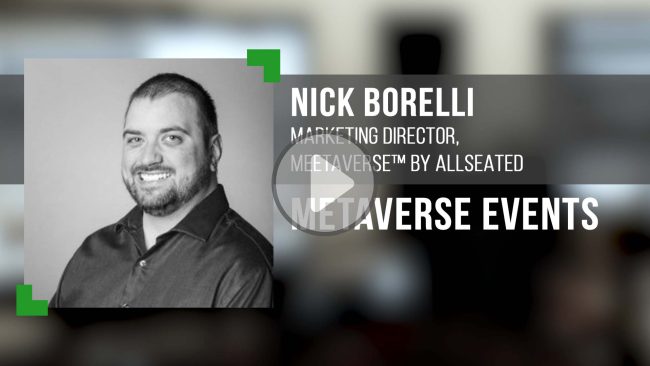PR’s Top Pros Talk: Beth Balsam
Beth Balsam, CEO of X2PR, explains 3 aspects to consider before pitching a big idea to a brand. Beth also talks about the importance of creating a diverse environment where big ideas flourish. Beth also shares some valuable lessons she learned from her favorite public relations story.


